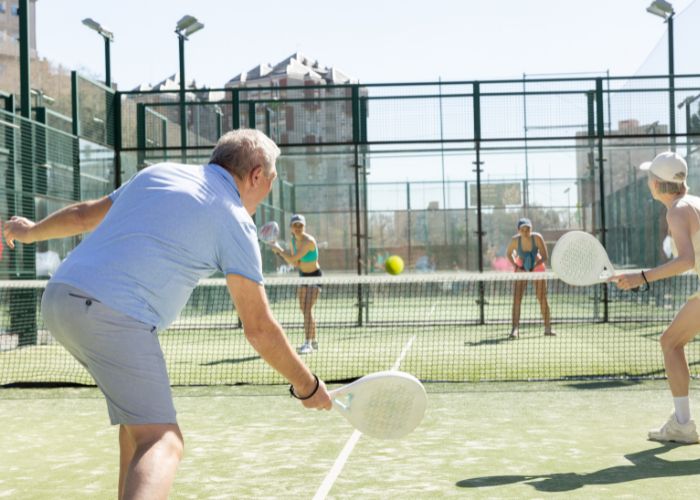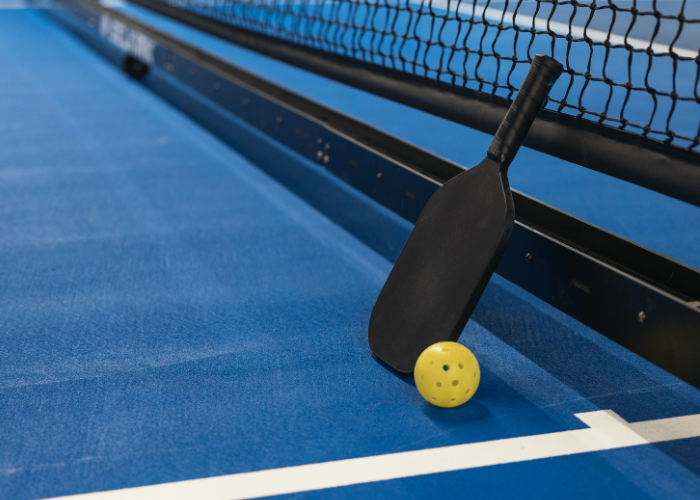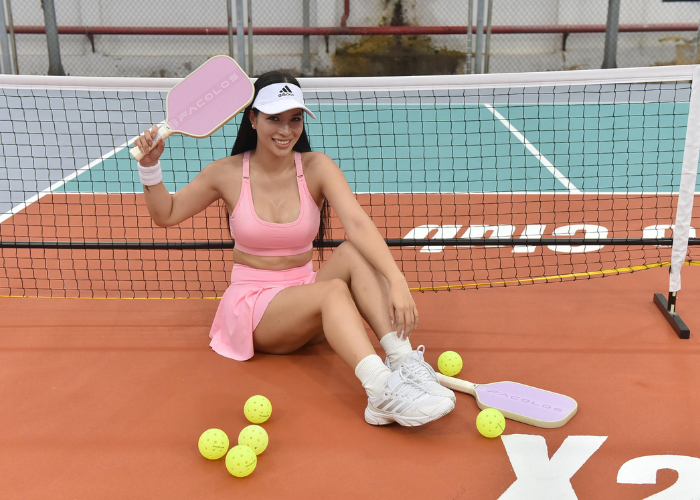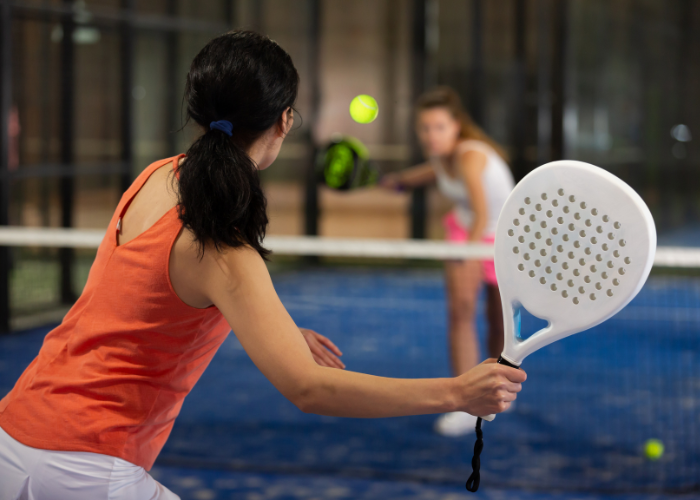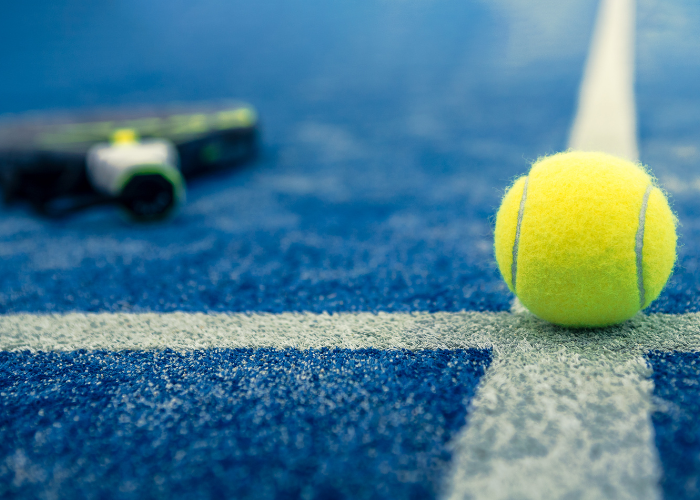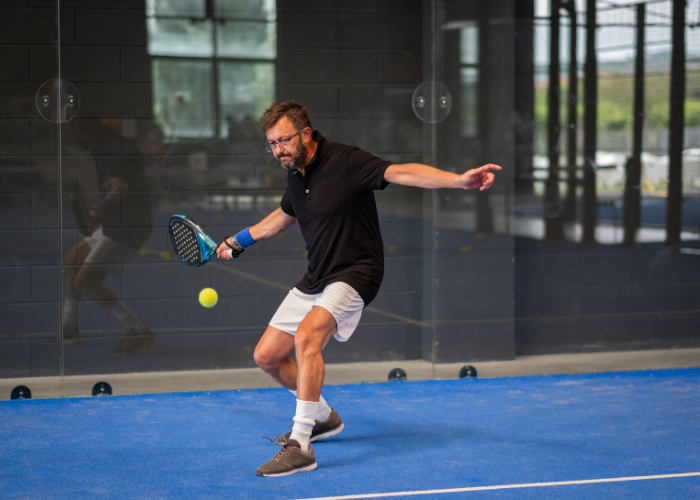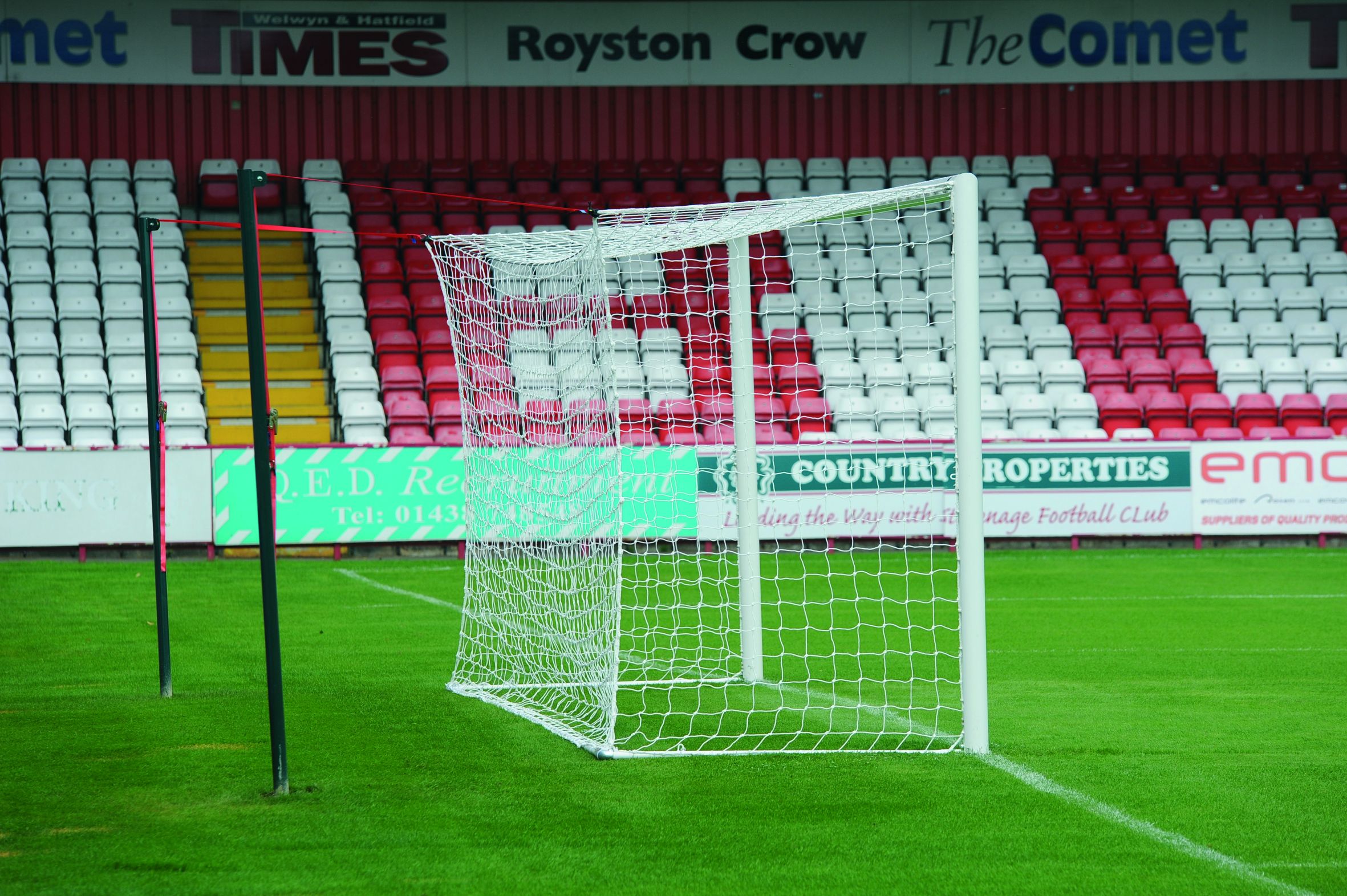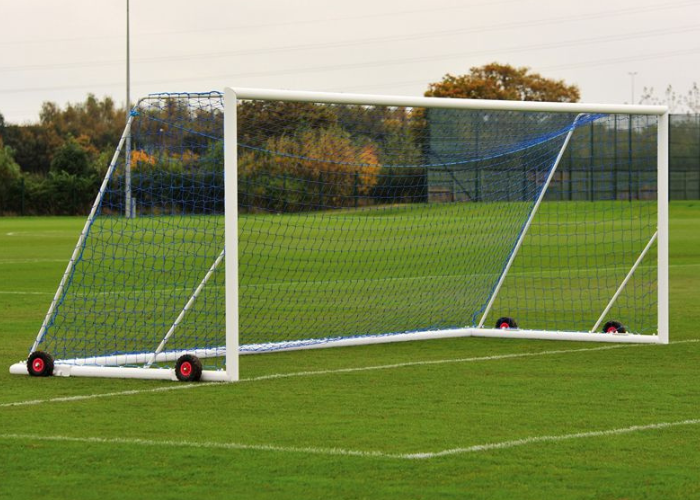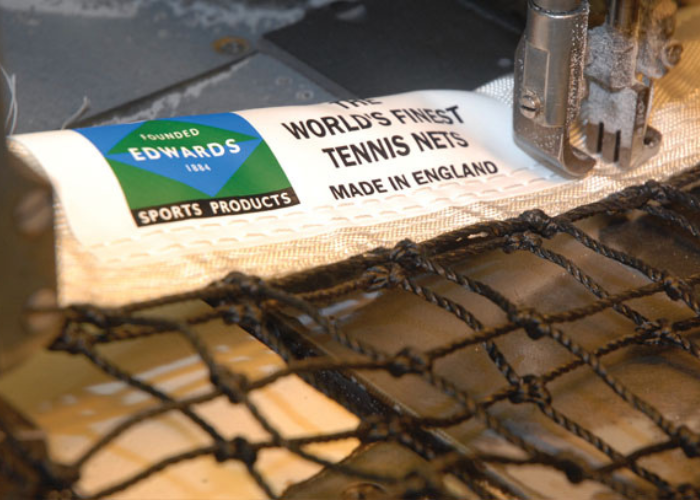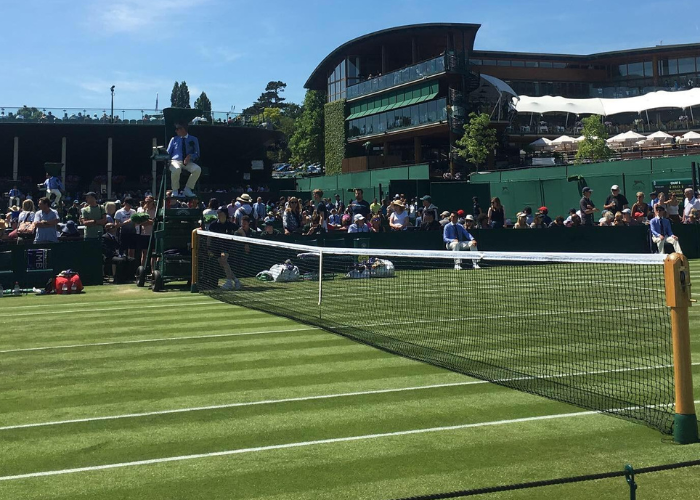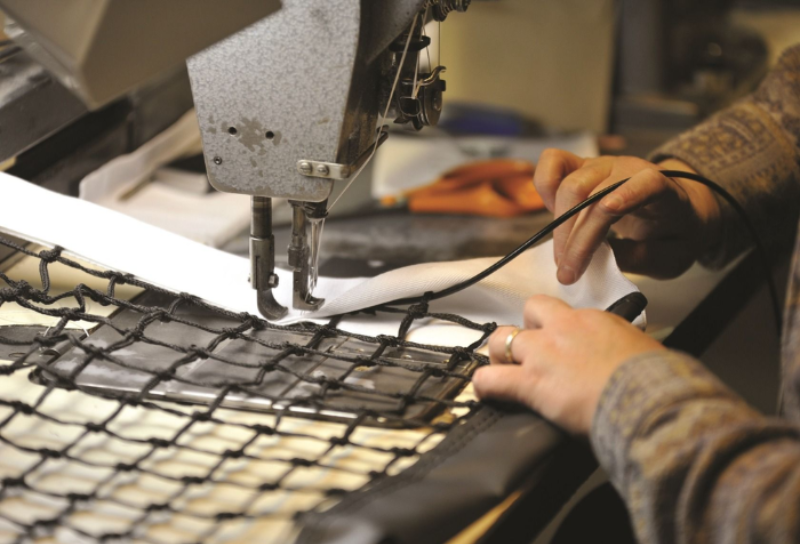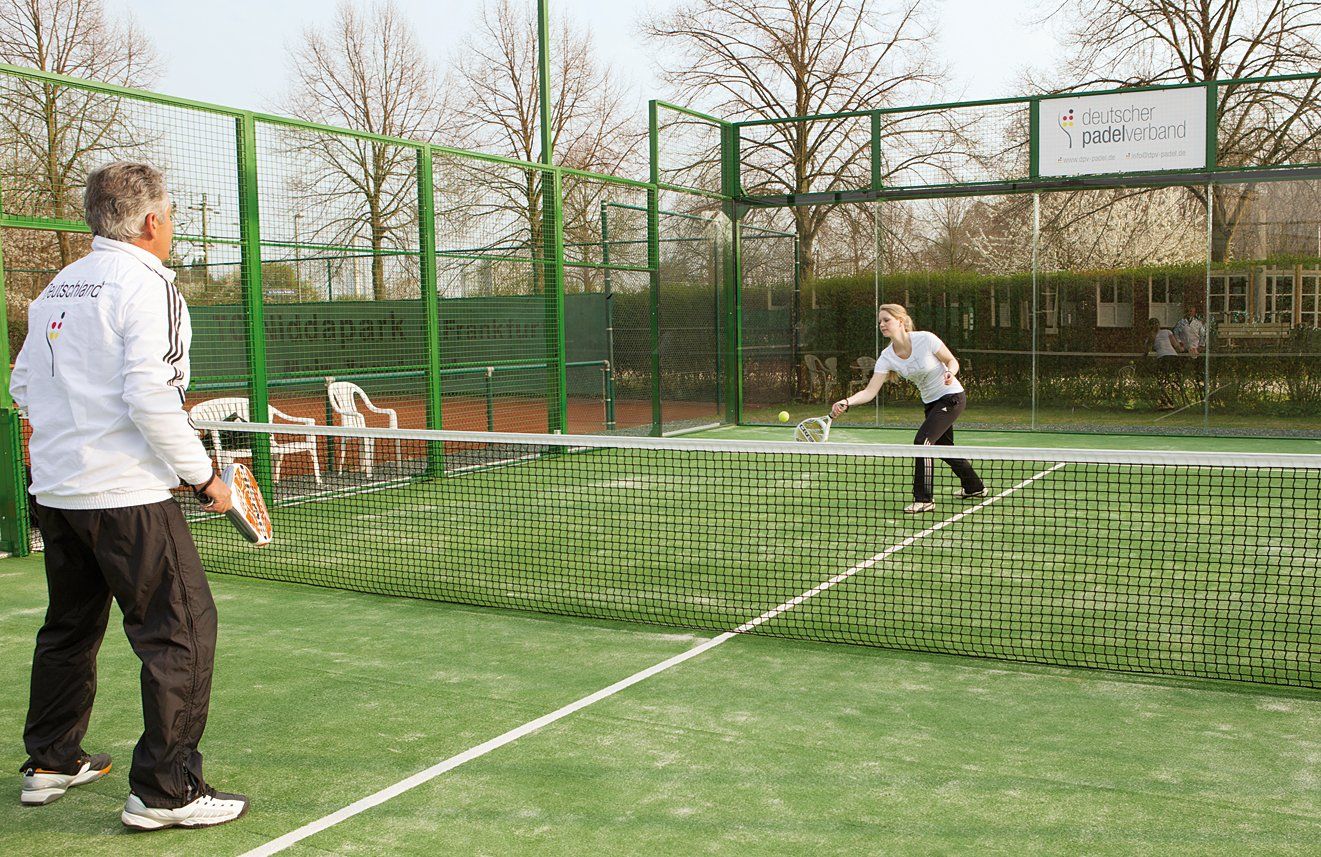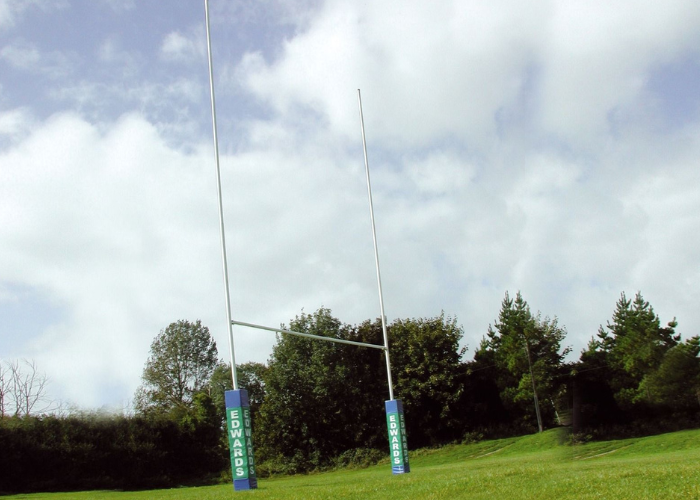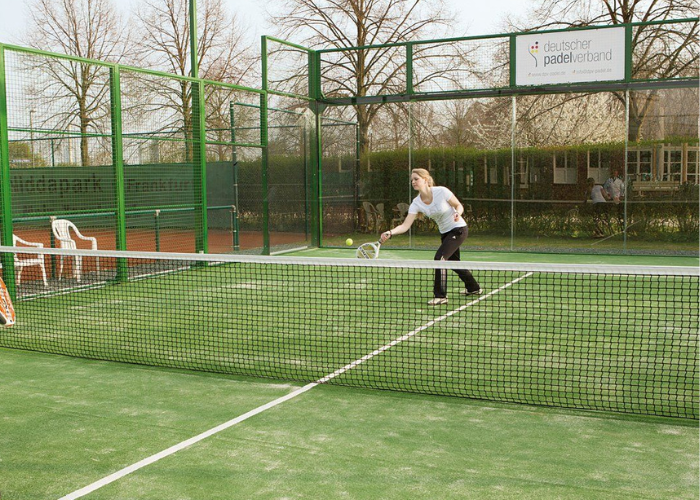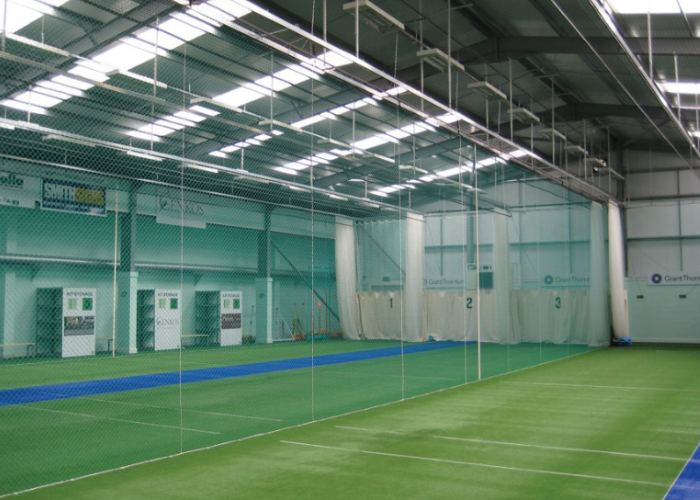We use cookies to make your experience better. To comply with the new e-Privacy directive, we need to ask for your consent to set the cookies. Learn more.
What is Padel Ball? The Racket Game That Could Be Bigger Than Tennis
- Admin
- Blog Posts
- 24 May 2023
-
18views

What is Padel Tennis exactly? Discover the rules, equipment and knowledge you need to get started playing this exciting sport!
A new challenger in the ring is padel ball, and it's been gaining popularity quicker than Taylor Dent's 148 mph Wimbledon serve. So, what is padel ball?
Racket sports are a great way to get fit at any age, but there's more on offer than tennis or badminton. Despite originating in the 1960s, this racket sport has largely flown under the radar, especially in the UK.
However, padel is far more than just a pocket-sized version of classic tennis…
What is Padel Ball?
Padel ball is a lively hybrid sport that combines elements of tennis and squash to create a unique experience. Forbes has even described it as "the next hot sport."
Using a solid racket and a low-pressure tennis ball, the game is often played in doubles but can also be played in singles.
The court's walls are key to the game, allowing players to bounce shots off them for added strategy.
The sport originated in Mexico in the late 1960s when Enrique Corcuera adapted his squash court with tennis elements. It quickly became popular in Spain and Argentina and has grown globally since.
Easy to learn and accessible to all, padel appeals to both beginners and seasoned athletes, making it one of the fastest-growing sports in the world.
What's the Difference Between Tennis & Padel?
While tennis involves a larger court and is typically played without walls, padel uses a smaller, enclosed court with walls that are integral to the gameplay.
One of the distinguishing features is that padel rackets are solid, with no strings, and the game often emphasises strategy and doubles play.
Padel's emphasis on agility and strategy distinguishes it from traditional tennis.
Shop Our Padel Ball Essentials
Who is Playing the Most Padel Tennis?
Globally, padel is most popular in Mexico and other Spanish-speaking countries, including Spain and Argentina.
In the UK, padel tennis is incredibly popular in Scotland, with many courts in big cities like Edinburgh and Glasgow.
Padel has become more and more popular throughout the country, and there are now many clubs and courts in most major cities, including London, where lots of players enjoy the game for its ease of play and the all-over workout it provides.
Differences Between a Padel Court & Tennis Court
Despite the similarities between these two racket sports, the courts have a few key differences that are integral to the strategy used in singles and doubles matches.
Here are some of the key differences between tennis and padel courts.
| Feature | Tennis (Singles) | Tennis (Doubles) | Padel |
|---|---|---|---|
| Length (metres) | 23.77 | 23.77 | 20 |
| Width (metres) | 8.23 | 10.97 | 10 |
| Walls | No | No | Yes |
| Wall Height (metres) | 0 | 0 | 3 |
| Net Height (metres) | 1.07 | 1.07 | 0.88 |
If you’re interested in building your own padel court at home or in your sports facility, find out what’s involved with our Guide to Padel Tennis Court Construction!
An Overview of Basic Padel Rules to Get You Started
Now you have an understanding of what padel is, you need to know how it’s played.
Padel is played on an enclosed court, approximately a third of the size of a tennis court, featuring walls that players can use strategically in their gameplay.
- Each game starts with an underhand serve, which must be hit diagonally to the opponent's service box.
- The serve must bounce once in the service box before being hit by the opponent and can touch the glass wall but not the metal fence after the bounce.
- Once the ball is in play, it must bounce on the ground before hitting the walls. Players are allowed to strike the ball either before or after it hits the walls, but it must not hit the ground twice or the metal perimeter walls before being returned.
- The objective is to return the ball in a way that makes it impossible for the opponent to play it back effectively.
Padel is typically played in doubles, and players can use lobs, volleys, and powerful groundstrokes to outmanoeuvre their opponents.
They must also use the space wisely while navigating the unique features of the padel court.
Communication and strategy play a critical role, as partners must move in unison to cover the court effectively and anticipate opponents' moves.
How the Padel Scoring System WorksScoring in padel is the same as in tennis, with games consisting of 3 sets and scores offered as 15, 30, and 40 in advantages or equals. If there's a tie at 40 - 40, then this is called a deuce. In the case of a deuce, the winner is the first team whose player leads by two clear points. The winning team is the one that wins two out of the three sets in each game. |
Your Essential Padel Tennis Equipment List
To play padel, you need a lot of equipment similar to tennis but with some notable differences.
Here’s a list of everything you need to start playing padel and enjoying this unique sport.
1. A Padel Tennis Court
Padel courts are very different from tennis courts. They are just 20m long by 10m wide and enclosed on all sides by wire mesh surrounds, which the ball can bounce off during the game.
The surface of a padel court can be made from concrete, cement, or AstroTurf, depending on your preference.
Complete Your Padel Court With Our Net Surrounds & Dividers
2. A Regulation Padel Tennis Net
The padel tennis net is similar to a traditional tennis net and splits the court in two down the middle horizontally.
The net is 34.6 inches in the middle and 36 inches on the sides and is held up by metal posts so it can be removed and cleaned when required or packed away when not in use.
View Our Professional Padel Tennis Nets & Posts
3. Proper Padel Balls
Padel balls look and seem like traditional tennis balls in that they are usually green and covered in felt.
However, padel balls have 11 psi of pressure, versus 14 psi, which tennis balls have, and are between 6.35cm and 6.77cm in diameter, making them slightly smaller than tennis balls.
4. A Quality Padel Racket
It might look like a tennis racket, but a padel racket isn’t made of strings. Instead, a fibreglass or carbon fibre material is used.
The racket has holes in it to make it more aerodynamic, reducing resistance as players swing it through the air to make a volley or lob.
Finding a Local Padel Tennis Club
While constructing your own padel tennis court can be a fun way to use your space in a large private garden, for most of us, a public court will be our first port of call.
Even if you have a lot of space, you should still try out padel tennis in a public court before you build your own.
To do so, you’ll need to find a local padel tennis club. The easiest thing is to ask around and see if anyone you know belongs to a club.
You can also search directories like the one from Padel Magazine.
Final Thoughts: What is Padel Ball & Why You Should Be Playing It
Padel is a great alternative to tennis, offering similar health benefits like better cardiovascular health and improved coordination. It provides a full-body workout in a fun way.
Socially, padel is an excellent choice for socialising since it's played in doubles, promoting teamwork and camaraderie.
The smaller courts and unique gameplay make it accessible for all skill levels, encouraging more people to join in and enjoy the sport.
Find out which new racket sport you should take up with our guide to Padel Tennis vs Pickleball.
Find Out More About Your Favourite Racket Sports
Article updated: 04/11/2024
FAQs
Can You Play Padel With Tennis Balls?
No, padel should be played with padel balls, which have a slightly lower internal pressure than tennis balls. This difference affects the bounce and gameplay, ensuring that the game is played as intended with the appropriate equipment.
What's the Difference Between Padel & Pickleball?
Padel differs from pickleball, mainly in court design and equipment. Padel courts are enclosed, and players use solid rackets with holes, while pickleball employs a smaller court, open net, and paddles similar to table tennis, with lighter plastic balls.
Is Padel Harder Than Tennis?
No, padel is generally considered easier than tennis due to its smaller court size and doubles format, which reduces the physical demand. The enclosed courts also allow for more forgiving play as the ball stays in play longer.
Is Padel Easy for Beginners?
Yes, padel is easy for beginners. Its smaller court size and doubles play format make learning less intimidating. The game's forgiving nature, with walls for rebounds, allows newcomers to develop skills at a comfortable pace while enjoying social interactions.
Do You Have to Be Fit to Play Padel?
No, you don't have to be exceptionally fit to play padel. The sport accommodates various fitness levels due to its smaller court size, doubles format, and gameplay style, making it accessible and enjoyable for beginners and seasoned players alike.






